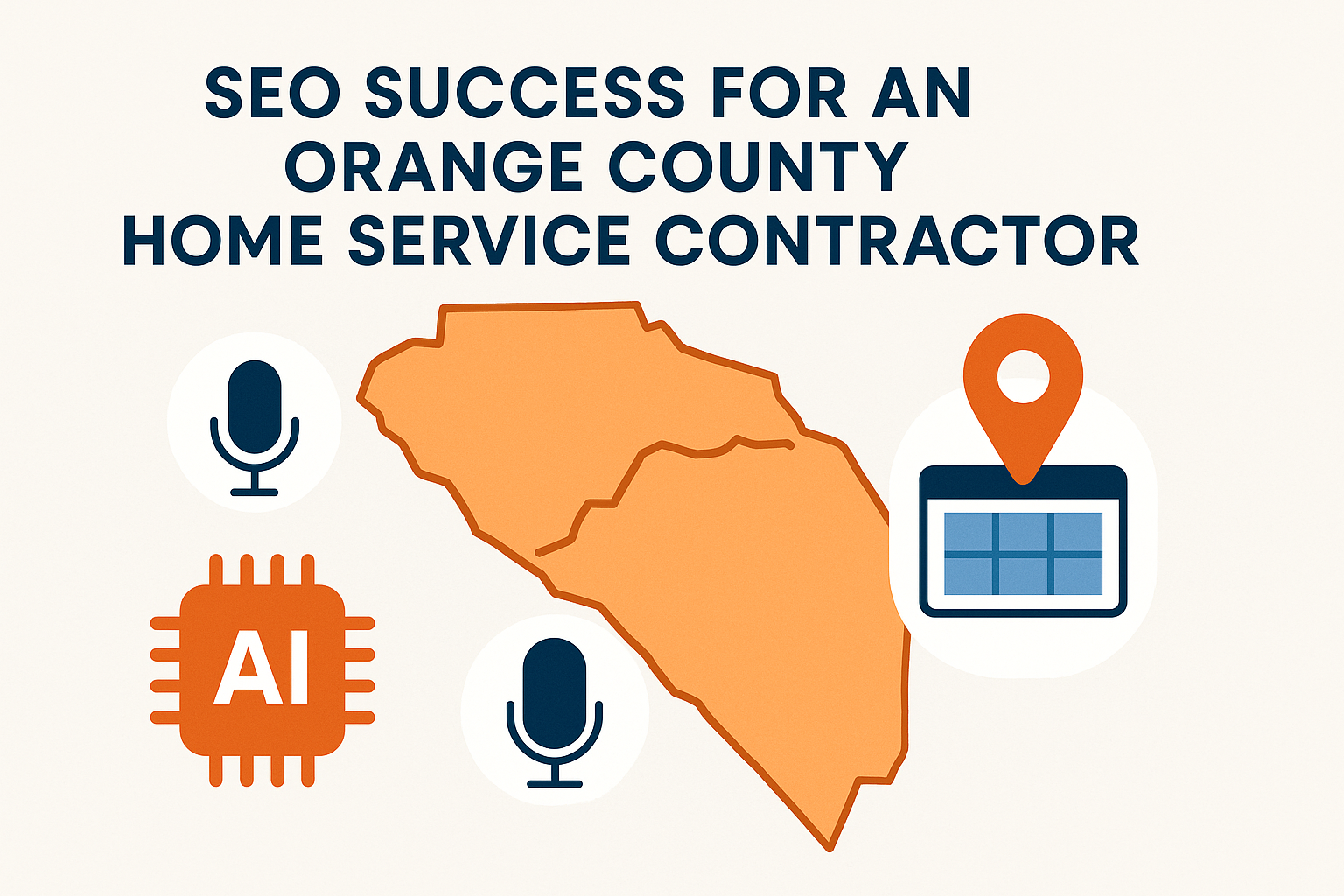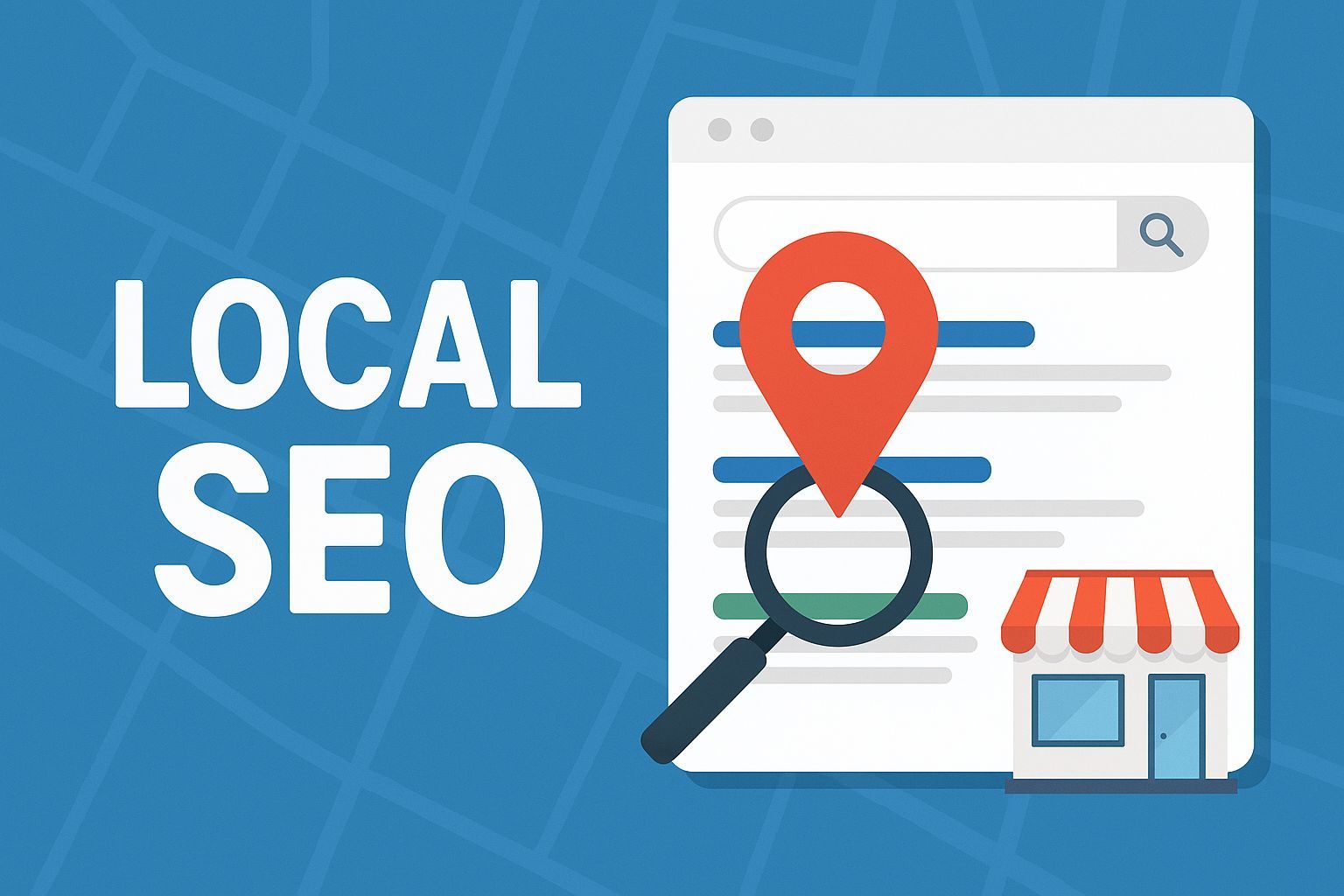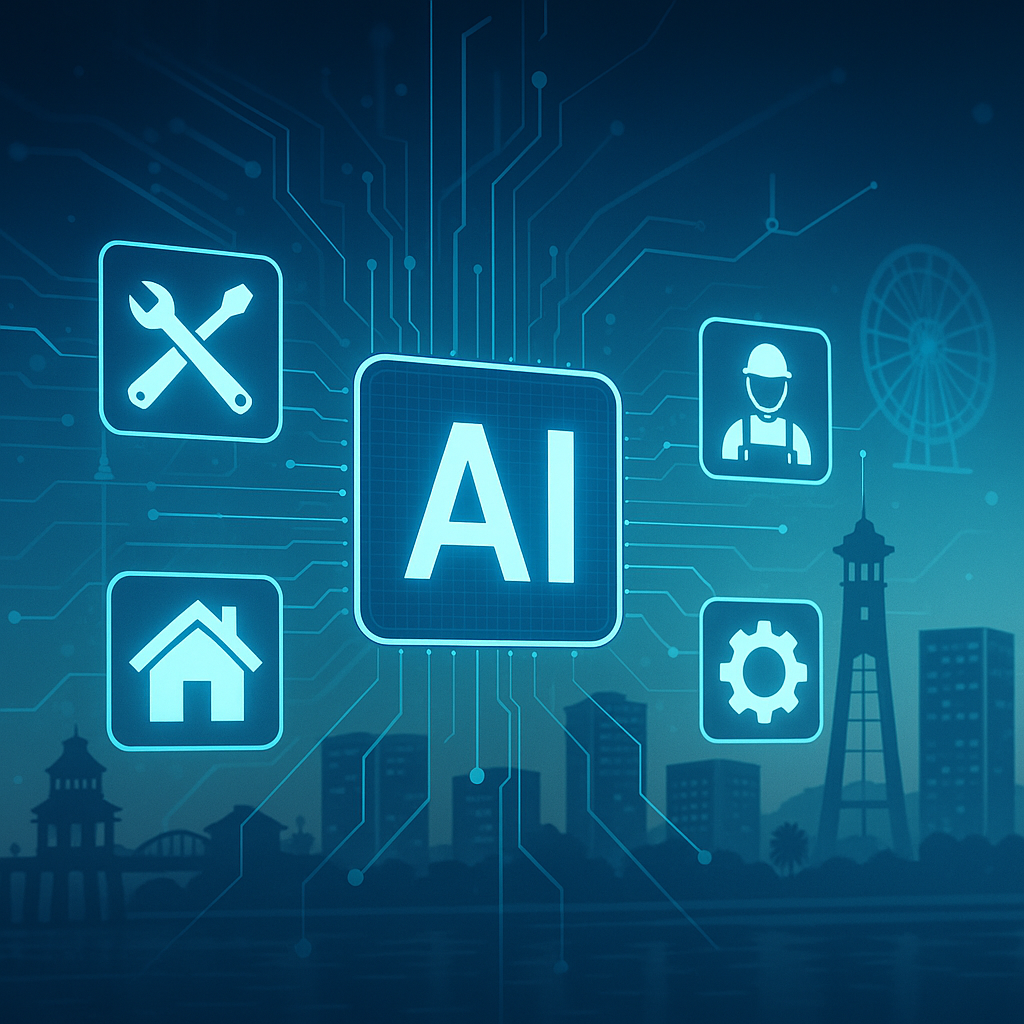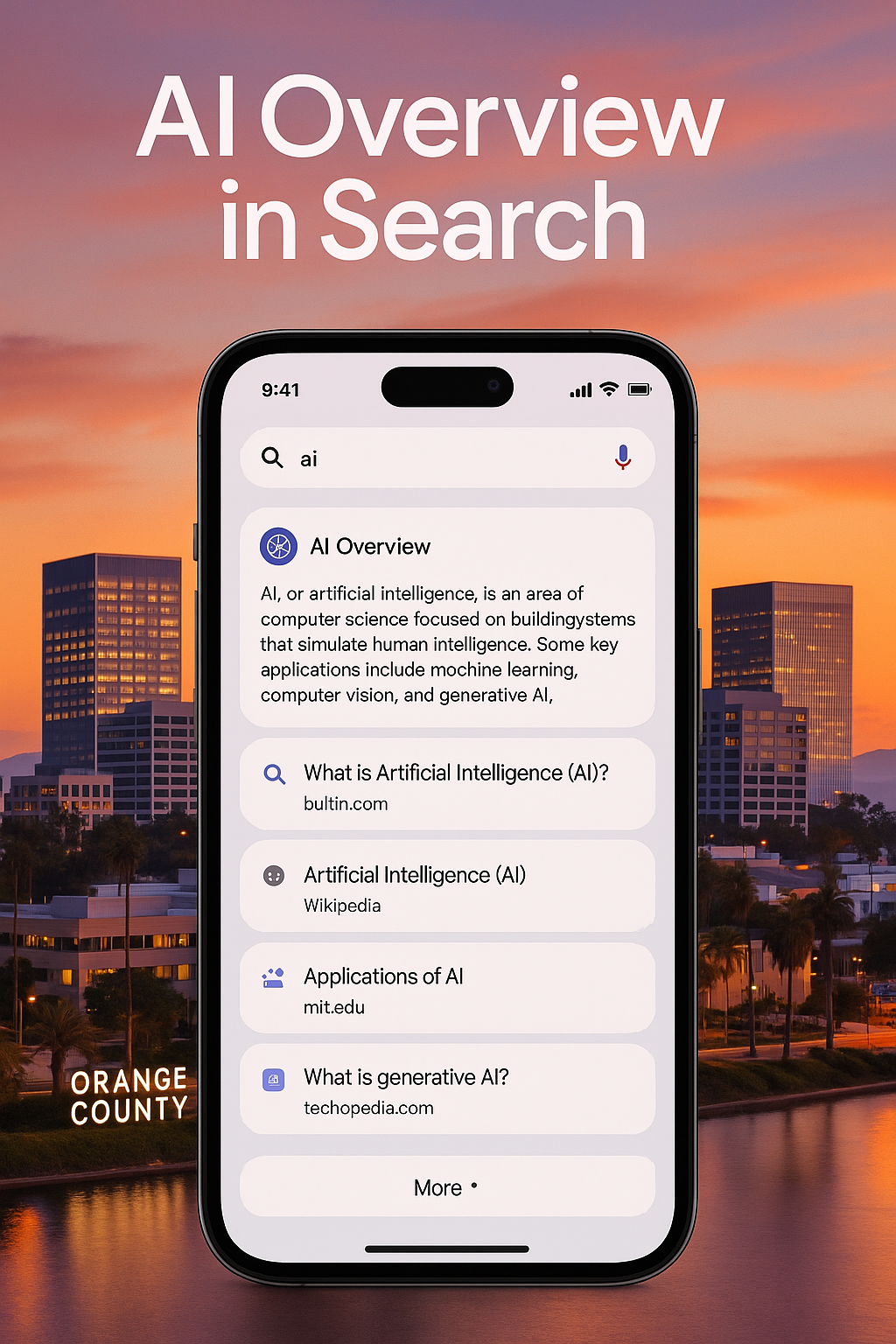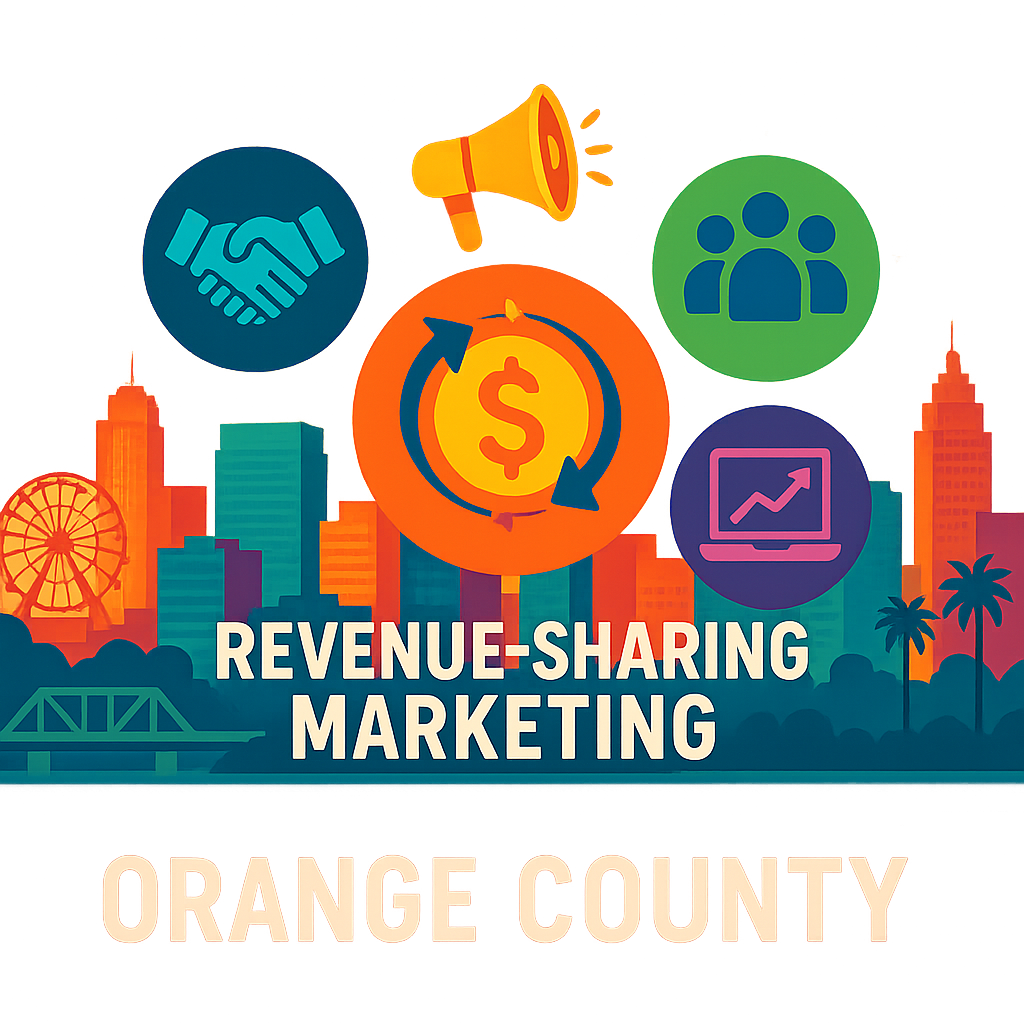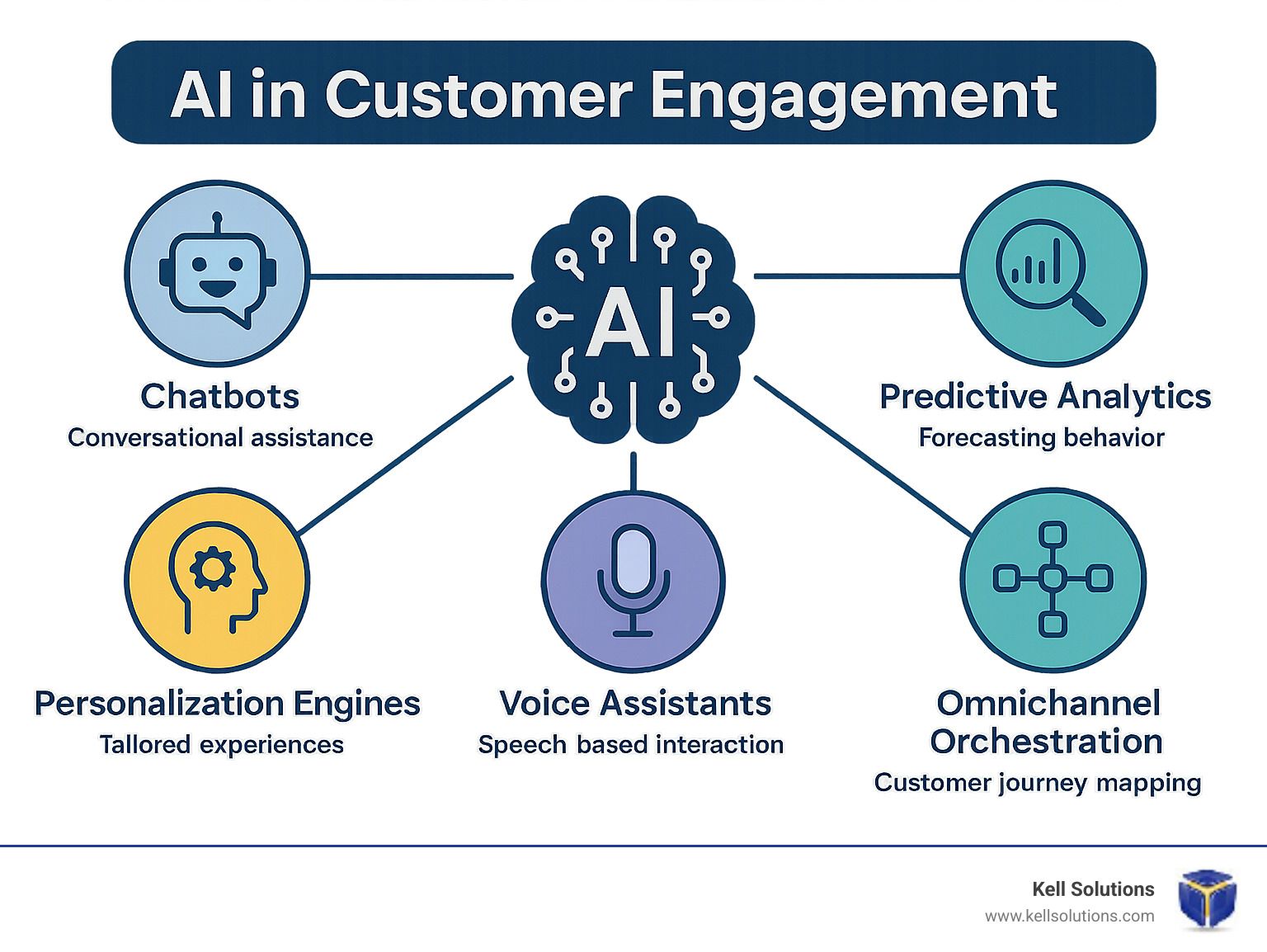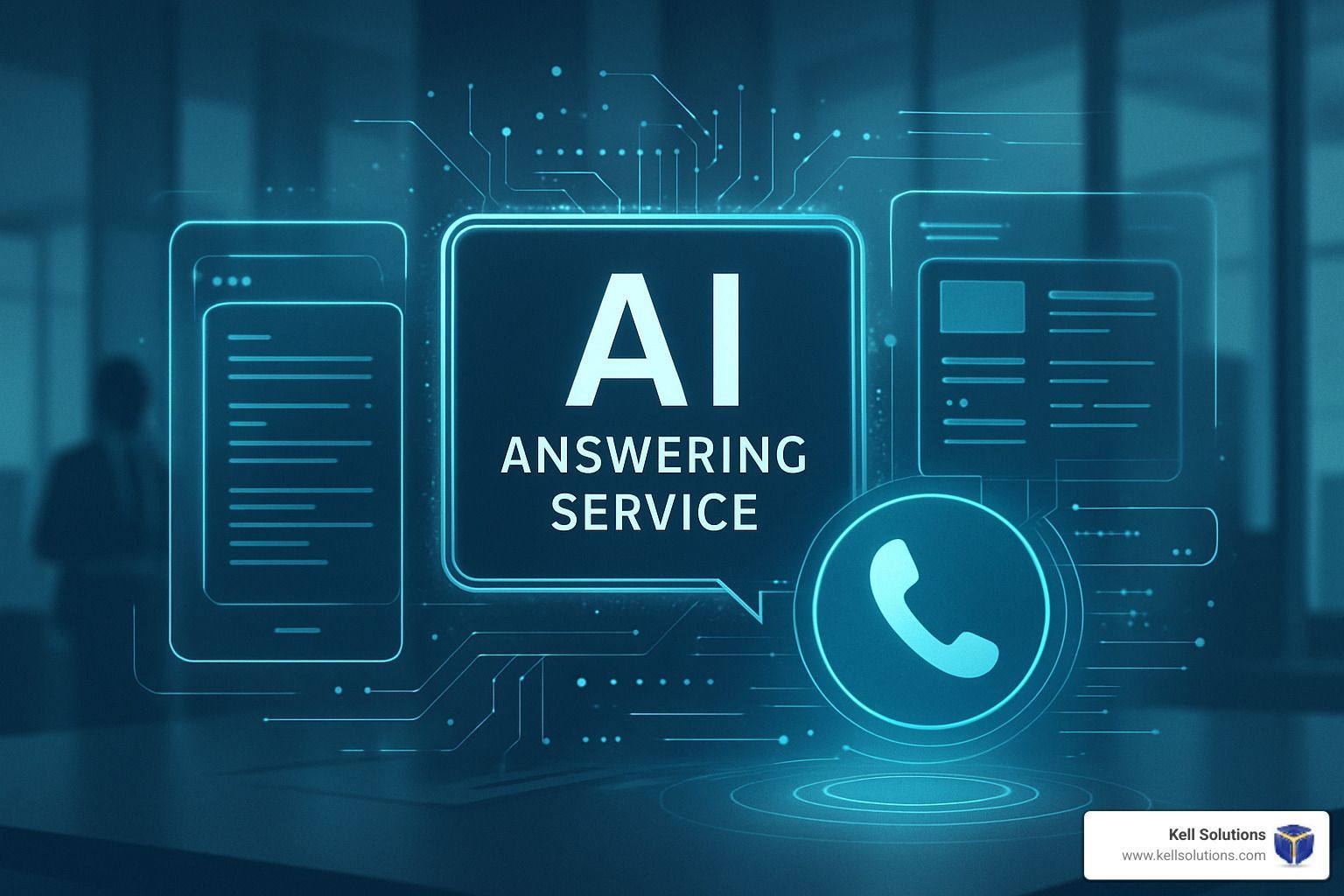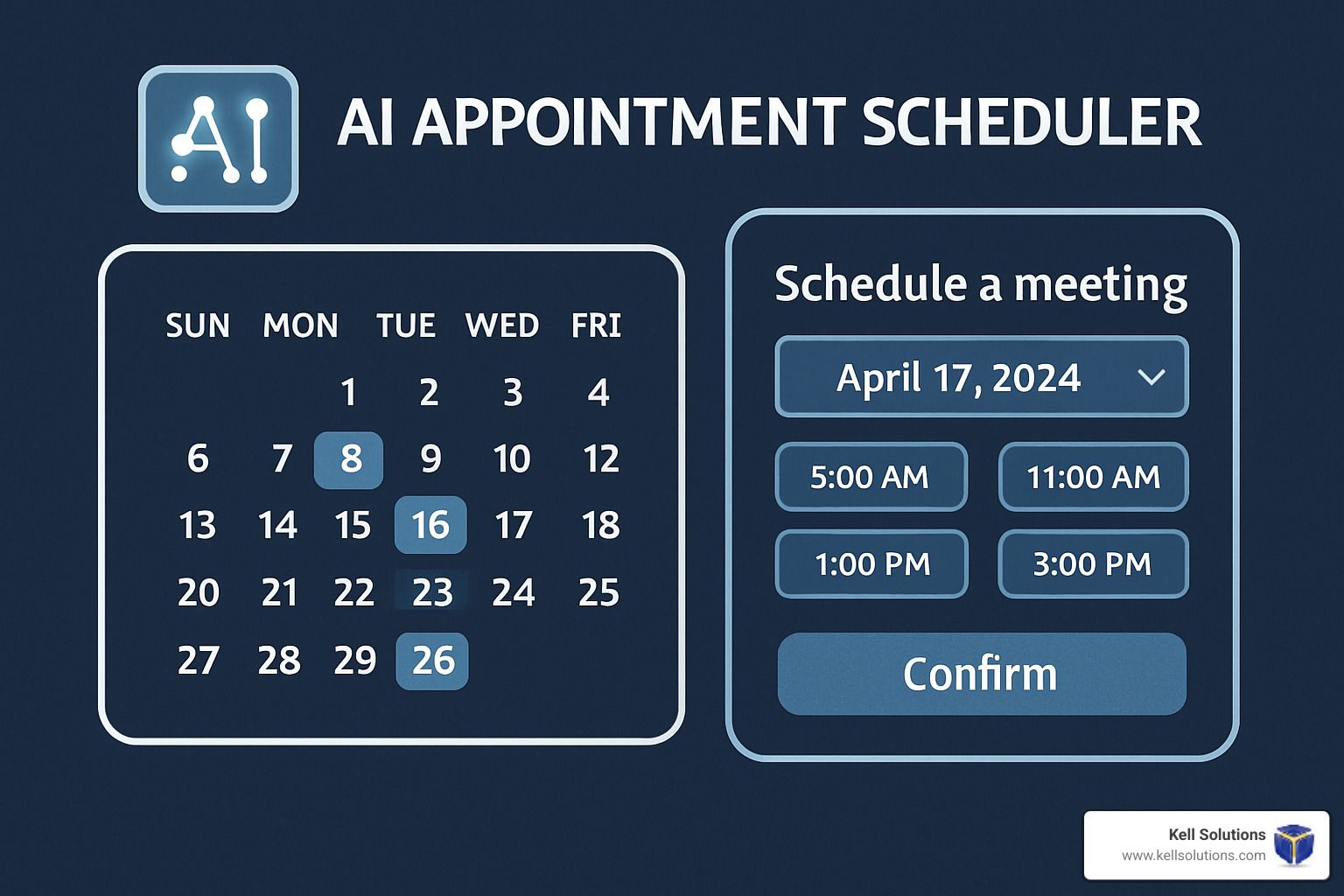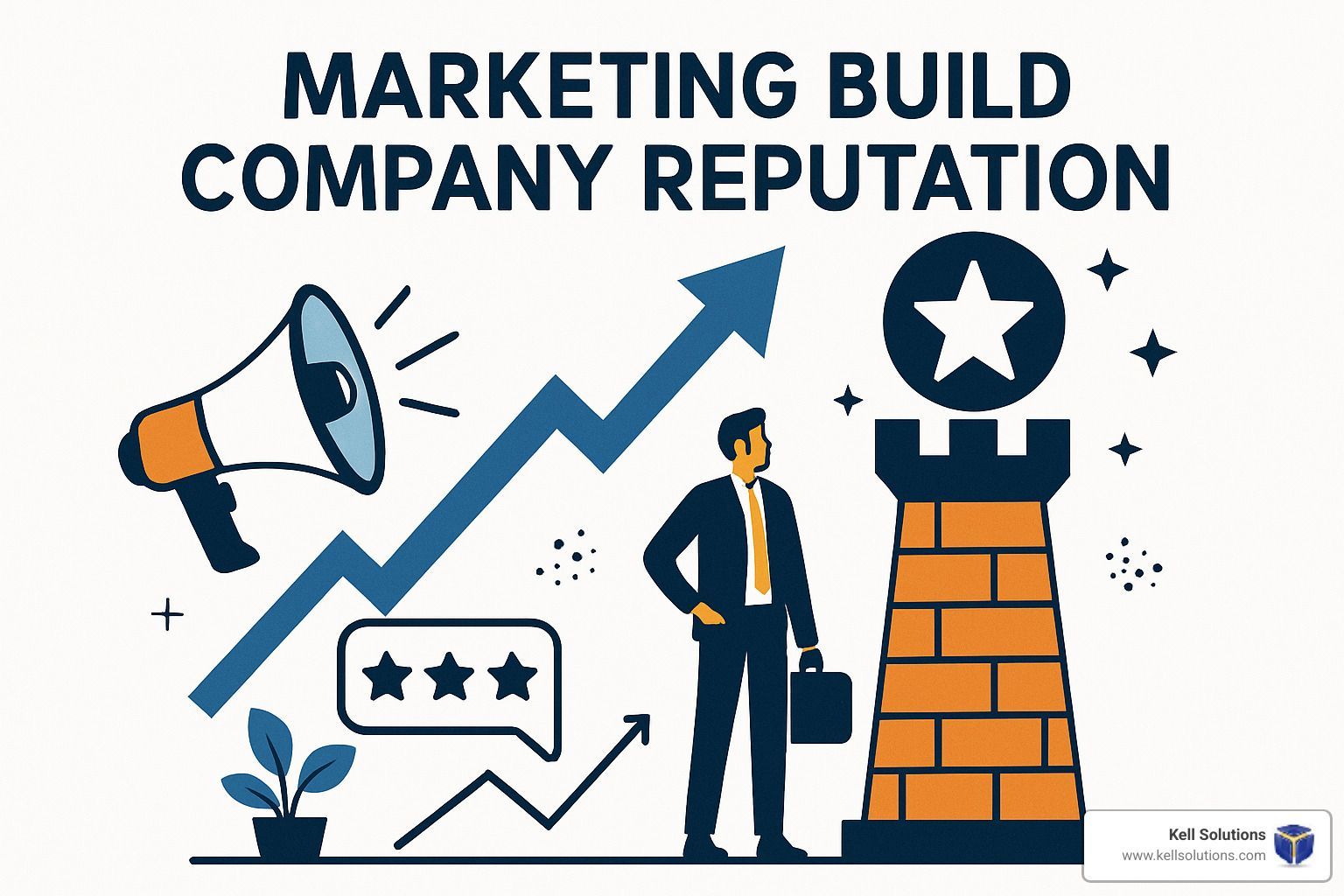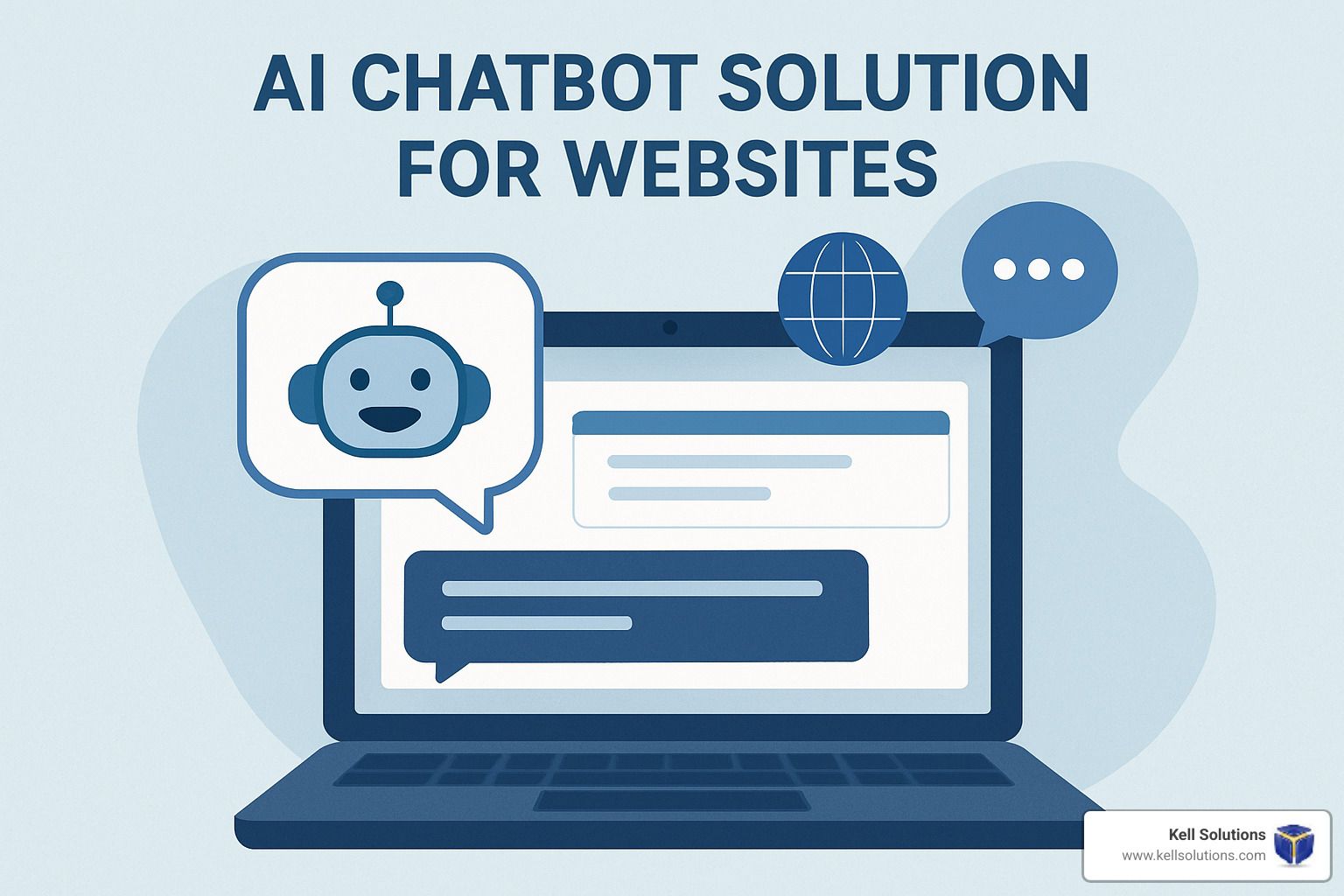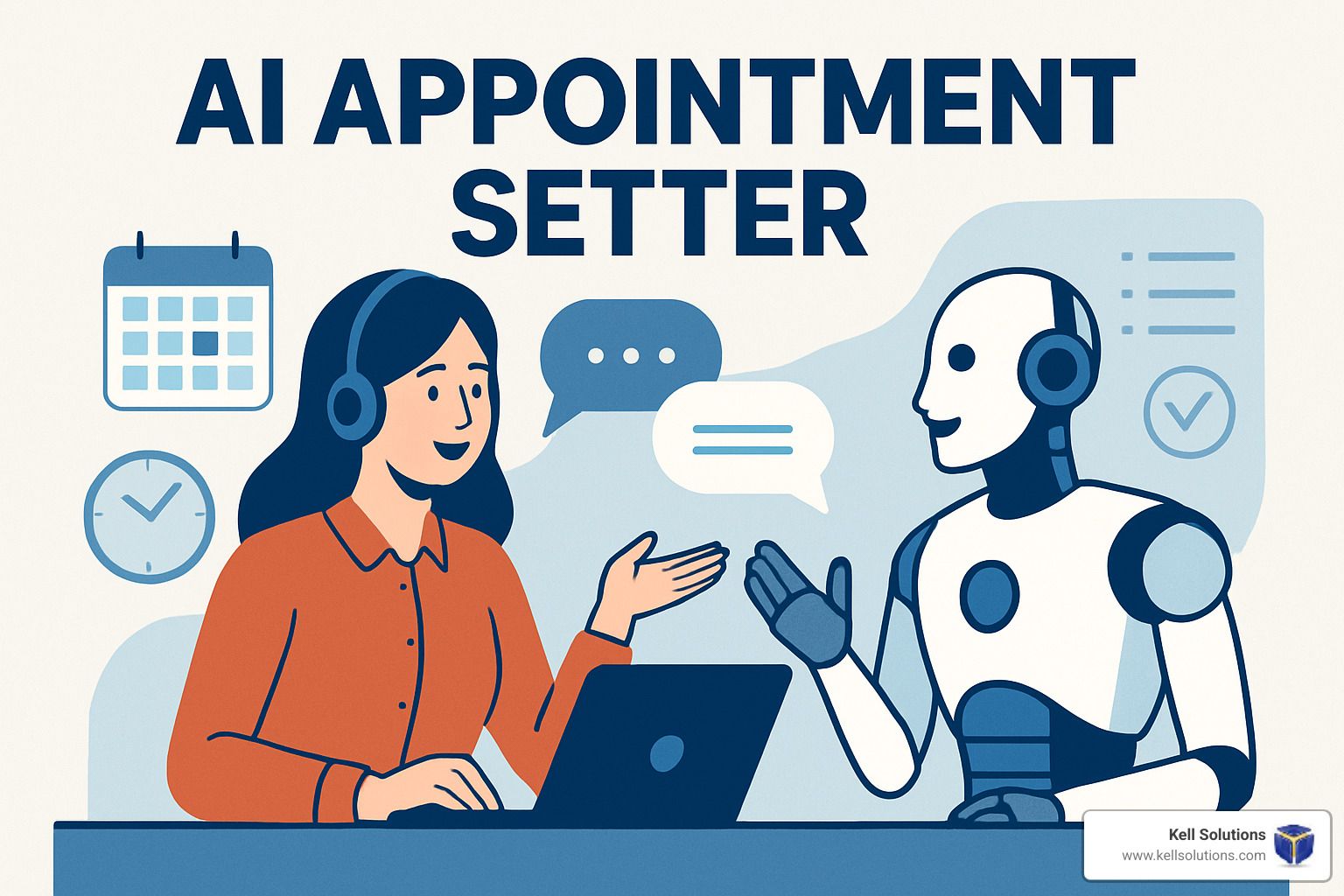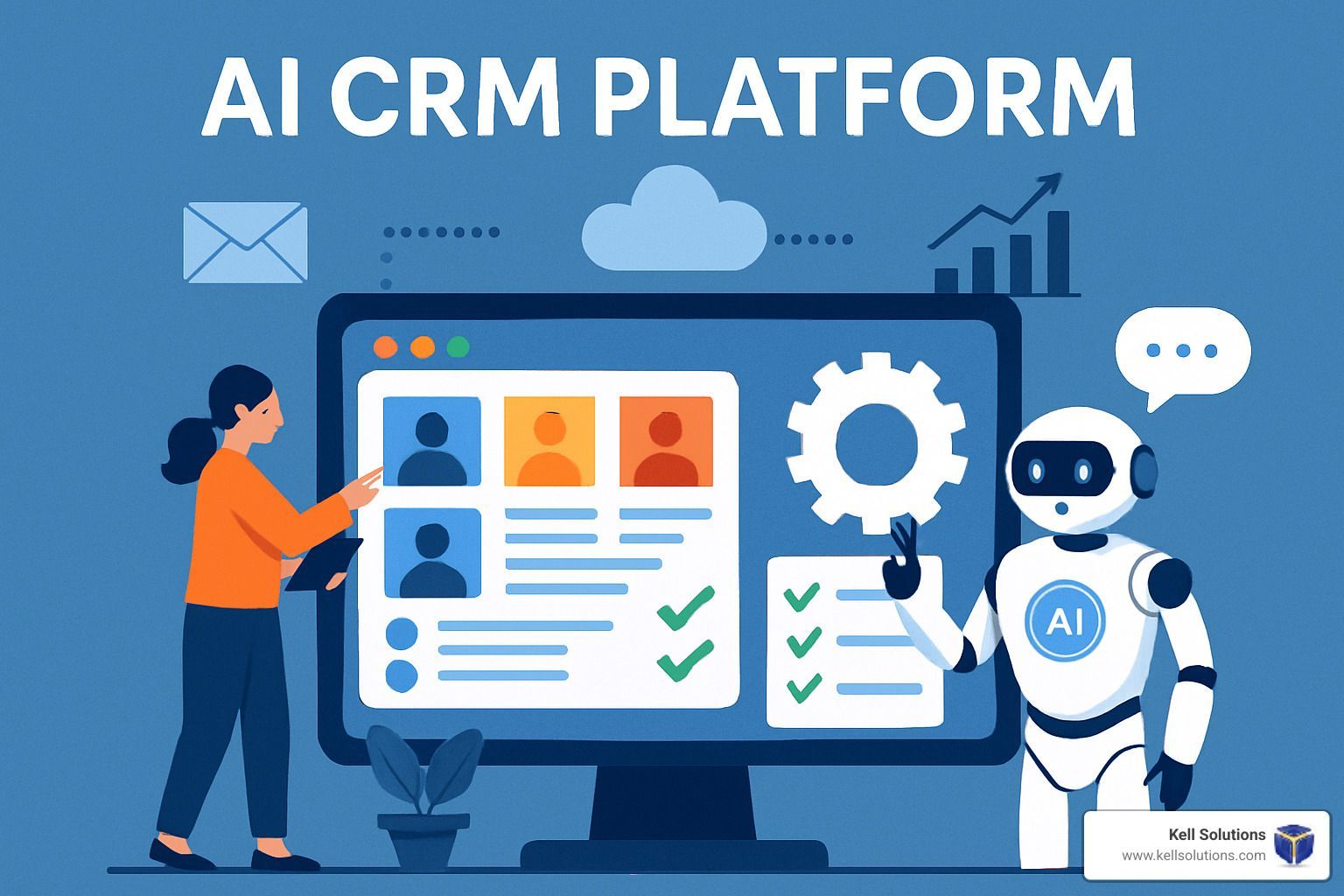AI Integration Guide for Business: Adoption Checklist & Tips
Your Roadmap to AI Adoption Success and Operational Excellence

Key Takeaways
- Successful AI integration requires clear business objectives and strategic planning before implementation, with businesses achieving 2.4x faster time-to-market when properly executed.
- Organizations should assess their data quality, technical infrastructure, and calculate implementation costs to avoid the 63% failure rate of AI projects.
- Building the right team with both technical expertise and business acumen is critical for AI adoption success.
- A structured change management plan helps overcome the 78% resistance rate to AI adoption in organizations.
- Artkai's 12-step integration framework provides a proven roadmap for businesses looking to transition from AI proof-of-concept to enterprise-wide deployment.
AI integration isn't just a technology upgrade—it's a business transformation that requires strategic planning and execution. While most organizations recognize AI's potential, the sobering reality is that 63% of AI projects fail to scale beyond pilot stages, according to Gartner research.
The difference between successful AI adoption and costly failed experiments often comes down to having a structured approach. Artkai's comprehensive integration framework provides businesses with a roadmap that bridges the gap between technological capabilities and business outcomes, helping organizations achieve the 2.4x faster time-to-market and 19% higher profit margins that McKinsey associates with successful AI implementation.
This guide walks you through the critical steps, common pitfalls, and best practices for integrating AI into your business operations. Whether you're just beginning your AI journey or looking to scale existing projects, you'll find actionable insights to maximize your return on investment.
Why Most AI Integration Projects Fail (And How You'll Succeed)
AI implementation failures typically stem from three key factors: misalignment with business objectives, poor data quality, and inadequate organizational readiness. When companies approach AI as merely a technological solution without connecting it to specific business problems, they create expensive solutions in search of problems. The MIT Sloan Management Review found that 78% of organizations struggle with AI adoption primarily due to cultural resistance and unclear value propositions.
Successful AI integration begins with a business-first approach rather than a technology-first one. Organizations that thrive with AI start by identifying specific operational pain points or market opportunities, then determine how AI can address these challenges. For example, rather than implementing a generic AI solution, successful companies target specific use cases like reducing customer service response times by 22% through chatbot implementation or decreasing inventory costs by 28% with predictive forecasting.
The path to success requires bridging what experts call the "AI execution gap"—the disconnect between AI's potential and an organization's ability to operationalize it. This means creating cross-functional teams, establishing clear governance structures, and developing measurable success metrics tied to business outcomes.
7 Critical Steps Before Starting Your AI Journey
Before writing a single line of code or purchasing any AI solution, smart businesses complete these seven preparatory steps to ensure their AI initiatives deliver actual value.
1. Define Clear Business Objectives First
Begin with specific business problems that AI can solve, not with the technology itself. Instead of vague goals like "implement AI," define concrete objectives such as "reduce operational costs by 25% via automation within 18 months" or "increase customer retention by 15% through predictive analytics." This clarity helps prioritize efforts and measure success. The most effective AI implementations start with a workload matrix that plots potential use cases according to business impact versus implementation feasibility, allowing teams to identify high-value, achievable projects first.
2. Assess Your Data Readiness
AI systems are only as good as the data that powers them. Before proceeding, conduct a thorough data audit to evaluate quality, accessibility, and completeness. According to IBM, organizations often discover that 60-73% of their data goes unused for analytics, often due to quality issues or accessibility problems. Successful AI implementation requires clean, structured data with minimal bias and gaps.
Data Readiness Checklist
• Inventory available data sources and formats
• Evaluate data quality, completeness, and potential bias
• Assess data governance policies and compliance requirements
• Determine data integration capabilities with existing systems
• Identify data cleaning and preparation needs
3. Evaluate Technical Infrastructure Requirements
AI systems typically require significant computing resources, specialized software, and integration capabilities. Before implementation, assess your current technical infrastructure against AI requirements. This includes evaluating cloud resources, on-premises hardware, networking capabilities, and integration points with existing business systems.
Many organizations find their existing infrastructure insufficient for AI workloads, particularly when dealing with large datasets or computationally intensive algorithms. Companies successfully implementing AI often design AI-ready cloud architectures, such as Azure landing zones, that provide the scalability and flexibility needed for machine learning workloads.
4. Calculate Total Implementation Costs
AI projects frequently exceed initial budget estimates due to hidden costs beyond the obvious software and hardware expenses. According to IDC research, organizations should allocate approximately 15-20% of their IT budget toward AI initiatives for optimal results. A comprehensive cost assessment should include data preparation expenses (often 60-80% of project time), integration costs, training expenses, and ongoing maintenance.
- Software licensing and development costs
- Infrastructure expenses (cloud services, computing resources)
- Data acquisition, cleaning, and preparation
- Staff training and potential new hires
- Integration with existing systems
- Ongoing maintenance and model retraining
5. Build Your AI Team
The right team can make or break your AI initiative. Successful AI implementation requires a blend of technical expertise and business acumen. According to a McKinsey survey, organizations with cross-functional AI teams are 1.5 times more likely to achieve their implementation goals. Your AI team should include data scientists who understand algorithms, engineers who can build systems, business analysts who can translate requirements, and executive sponsors who can remove organizational barriers.
Consider whether to build internal capabilities through hiring and training, partner with specialized AI consultants, or adopt a hybrid approach. For many midsize businesses, beginning with external expertise while gradually developing internal capabilities offers the best balance of speed and sustainability. Remember that AI talent comes at a premium—machine learning engineers command an average salary of $145,000, making strategic hiring decisions critical.
6. Create a Change Management Plan
AI implementations often fail not because of technological shortcomings but due to organizational resistance. Stewart Leadership's research indicates that 34% of employees fear job displacement from AI, creating potential resistance. A comprehensive change management plan addresses these concerns through clear communication, training programs, and demonstration of how AI augments rather than replaces human workers.
Effective change management strategies include identifying AI champions within each department, creating transparent communication about the purpose and benefits of AI systems, and involving end-users in the design process. Organizations that excel at AI adoption typically establish AI ethics committees and assign accountability officers to ensure responsible implementation that aligns with company values.
7. Establish Success Metrics
You can't improve what you don't measure. Before implementation, define specific, quantifiable metrics that will determine success. These metrics should directly connect to the business objectives identified in step one. For customer service AI implementations, metrics might include response time reduction, customer satisfaction scores, and call deflection rates. For manufacturing applications, consider downtime reduction, quality improvement percentages, or inventory cost savings.
The most successful organizations establish both leading indicators (early signs of progress) and lagging indicators (final outcome measures) to track AI performance. Create dashboards that make these metrics visible to stakeholders and establish regular review processes to evaluate progress and make adjustments as needed.
AI Adoption Checklist: From Planning to Implementation
Following a structured implementation approach dramatically increases your chances of AI success. This five-phase methodology provides a roadmap for organizations at any stage of AI maturity.
Phase 1: Discovery and Assessment
Begin by thoroughly auditing your current workflows, identifying pain points, and determining high-ROI use cases. Process mining tools like Celonis can help identify inefficiencies in existing business processes that AI could address. During this phase, also evaluate your organization's AI readiness across data, technology, and culture dimensions. Complete skills assessments to identify capabilities gaps—studies show approximately 45% of teams lack critical MLOps expertise required for AI implementation.
The output of this phase should be a prioritized list of potential AI use cases, ranked by business impact and implementation feasibility. Document current baseline performance metrics for these areas to enable proper ROI calculation later.
Phase 2: Strategy Development
Based on your assessment, develop a comprehensive AI strategy that aligns with broader business goals. This strategy should include governance frameworks, data policies, and ethical guidelines for AI usage. Establish clear roles and responsibilities, including which teams will own various aspects of AI implementation and ongoing management. Develop a feasibility scoring system that ranks AI opportunities on a scale of 1-10 for both impact and implementation complexity, prioritizing "quick wins" that score 15/20 or higher.
Your strategy should also address data governance, security requirements, and compliance considerations, particularly for industries with regulatory constraints. Define how you'll handle sensitive data, mitigate potential bias, and ensure transparent AI decision-making.
Phase 3: Pilot Project Selection
Choose a high-impact, moderate-complexity project for your initial AI implementation. Ideal pilot projects demonstrate value quickly while limiting risk and organizational disruption. For example, implementing AI-driven inventory forecasting (which typically reduces waste by 28%) or deploying NLP-powered customer service solutions (which can achieve 73% call deflection rates) often provide visible wins. The pilot should have executive sponsorship, clear success criteria, and a dedicated cross-functional team.
Phase 4: Technical Implementation
With pilot project selected, technical implementation begins with solution design, development, and integration. For many organizations, leveraging existing AI services from cloud providers like Azure AI services (Machine Learning, Cognitive Services) or AWS provides faster implementation than building custom solutions. Establish DevSecOps pipelines for model training and deployment to ensure security is built-in from the start.
During implementation, focus on creating proper data pipelines that clean, transform, and prepare information for AI consumption. Most organizations underestimate this phase—according to Gartner, data preparation typically consumes 60-80% of project time. Build monitoring systems to track both technical performance (model accuracy, processing speed) and business outcomes.
Integration with existing systems often presents the greatest technical challenge. Plan for APIs, middleware, or custom connectors needed to ensure seamless data flow between AI systems and legacy applications. Test thoroughly in staging environments before deployment to production.
- Design solution architecture aligned with business requirements
- Develop data pipelines for collection, cleaning, and preparation
- Build or configure AI models using appropriate tools and platforms
- Implement integration points with existing business systems
- Establish monitoring and logging capabilities
Phase 5: Employee Training
The success of your AI implementation ultimately depends on user adoption. Develop comprehensive training programs tailored to different stakeholder groups—technical teams need deep implementation knowledge, while end-users require practical understanding of how AI tools support their daily work. According to Stewart Leadership, organizations that invest in AI literacy training see 40% higher adoption rates than those that focus solely on technical implementation. Create AI sandboxes where employees can experiment with the technology in low-risk environments before full deployment.
The 5 Most Profitable AI Applications for Business
While AI can transform virtually any business function, certain applications consistently deliver the highest ROI across industries. These five applications represent the sweet spot of technological maturity and business value, making them excellent candidates for organizations beginning their AI journey.
1. Customer Service Automation
AI-powered chatbots and voice virtual assistants have evolved from frustrating novelties to genuine productivity tools. Modern natural language processing (NLP) systems can resolve up to 73% of customer inquiries without human intervention, dramatically reducing response times and support costs. Companies implementing conversational AI report average cost savings of $0.70 per customer interaction while simultaneously improving satisfaction scores through 24/7 availability and consistent responses.
The most successful implementations combine AI automation for routine inquiries with seamless handoffs to human agents for complex issues. This hybrid approach leverages AI's efficiency while maintaining the emotional intelligence and problem-solving capabilities that humans excel at. Look for platforms that offer pre-built integrations with your existing CRM systems and support continuous improvement through interaction analysis.
2. Predictive Maintenance Systems
For manufacturing, transportation, and infrastructure companies, maintenance represents a significant operational expense. AI-powered predictive maintenance uses sensor data and machine learning to forecast equipment failures before they occur, reducing downtime by up to 50% and maintenance costs by 10-40%. Rather than following fixed maintenance schedules or reacting to breakdowns, these systems optimize maintenance timing based on actual equipment condition and performance patterns.
3. Inventory Management Optimization
AI-driven inventory management systems can reduce carrying costs by 25-30% while improving product availability. These systems analyze historical sales data, seasonal trends, supplier lead times, and even external factors like weather patterns to optimize stock levels. For retailers and manufacturers dealing with thousands of SKUs across multiple locations, this level of optimization is impossible with traditional methods.
Implementation typically involves integrating machine learning models with existing inventory management systems and establishing data pipelines from point-of-sale, warehouse management, and supply chain systems. The most advanced solutions now incorporate computer vision to automatically detect low stock conditions in physical environments and can dynamically adjust pricing based on inventory levels and demand forecasts.
4. Marketing Personalization Tools
AI has revolutionized marketing by enabling true one-to-one personalization at scale. Machine learning algorithms analyze customer behavior patterns to deliver highly targeted content, product recommendations, and offers. Companies implementing AI-driven personalization report revenue increases of 10-15% and marketing efficiency improvements of up to 30%. These systems continuously learn from customer interactions, automatically optimizing campaigns based on performance data.
Successful implementations typically begin with focused use cases like email personalization or product recommendations before expanding to omnichannel personalization. Integration with customer data platforms and marketing automation systems is essential for creating unified customer profiles that drive personalization decisions. Ensure your solution includes A/B testing capabilities to measure the impact of personalization strategies accurately.
5. Process Automation Platforms
Robotic Process Automation (RPA) enhanced with AI capabilities represents one of the fastest paths to ROI for many organizations. These systems can automate routine tasks like data entry, document processing, and report generation, reducing processing times by 50-70% and cutting costs by 25-50%. Modern intelligent automation platforms combine traditional RPA with machine learning, computer vision, and natural language processing to handle increasingly complex processes.
Start by mapping manual processes that involve structured data and predictable decision points, as these are the easiest to automate. Document processing (invoices, claims, applications) typically offers significant ROI because these tasks are both time-consuming and error-prone when performed manually. Organizations report average returns of $4-$8 for every $1 invested in intelligent process automation.
Common AI Integration Pitfalls and How to Avoid Them
Understanding the common failure points in AI implementation can help you navigate around these obstacles. By recognizing these patterns, you can develop strategies to mitigate risks before they derail your AI initiatives.
Unrealistic Expectations and Timeline Issues
Many organizations underestimate the complexity and time required for successful AI implementation. According to research from MIT Sloan, AI projects typically take 2-3 times longer than initially projected due to unforeseen data challenges and integration issues. To avoid this pitfall, add a 50% buffer to initial time estimates and break projects into smaller phases with clear milestones. Set appropriate expectations with stakeholders by emphasizing that AI is an iterative process that improves over time rather than a one-time solution.
Another common expectation issue involves overestimating AI capabilities based on vendor promises or media hype. Be skeptical of claims about "plug-and-play" AI solutions or tools that require "zero technical expertise." Successful organizations distinguish between narrow AI (designed for specific tasks) and general AI (human-like reasoning across domains), focusing on well-defined use cases with clear success metrics.
Data Quality Problems That Derail Projects
Poor data quality is consistently cited as the leading cause of AI project failures. IBM research indicates that organizations spend approximately 80% of AI project time on data preparation rather than actual model development. Common data issues include inconsistent formatting, missing values, duplicate records, and biased samples that don't represent real-world conditions.
Mitigate these risks by conducting thorough data audits before beginning implementation and establishing ongoing data governance processes. Consider investing in data preparation tools that can automate cleaning and transformation tasks. For organizations with severe data quality issues, it may be worthwhile to implement data improvement initiatives before attempting sophisticated AI projects.
Integration Challenges With Legacy Systems
Most enterprises operate in complex technology environments with multiple legacy systems that weren't designed for AI integration. These systems often lack modern APIs, have limited data export capabilities, and run on outdated infrastructure. According to Gartner, integration challenges extend implementation timelines by an average of 4-6 months for enterprise AI projects.
Address these challenges by mapping data flows early in the planning process and identifying potential integration bottlenecks. Consider implementing middleware solutions or API gateways that can facilitate communication between legacy systems and AI platforms. In some cases, creating data warehouses or lakes that aggregate information from multiple systems provides a more feasible approach than direct integration.
Employee Resistance and Adoption Hurdles
Even technically sound AI implementations fail when employees resist adoption. This resistance often stems from fear of job displacement, lack of understanding about how AI works, or frustration with poorly designed user experiences. Research from Stewart Leadership shows that approximately 34% of employees express anxiety about AI's impact on their roles, creating a significant barrier to successful implementation.
Overcome these challenges by involving end-users in the design process from the beginning, clearly communicating how AI will augment rather than replace their work, and providing comprehensive training tailored to different skill levels. Identify and empower "AI champions" within each department who can provide peer support and advocacy. Consider implementing gamification elements that reward learning and adoption of new AI tools.
Real-World AI Success Stories: What They Did Right
Learning from successful implementations provides valuable insights into effective AI integration strategies. These case studies illustrate how organizations across different industries have overcome common challenges to deliver significant business value through AI adoption.
A global manufacturing company reduced maintenance costs by 38% by implementing predictive maintenance AI that analyzed sensor data from production equipment. Their success factors included starting with a clearly defined business problem (reducing unplanned downtime), ensuring data quality through sensor upgrades before implementation, and creating cross-functional teams that combined domain experts with data scientists. They also implemented a phased rollout, beginning with non-critical equipment to build confidence in the system before expanding to mission-critical assets.
Your 30-60-90 Day AI Integration Plan
Breaking your AI implementation into manageable time-boxed phases creates momentum and allows for course corrections based on early feedback. This 90-day framework provides a structured approach that balances quick wins with strategic foundation-building.
The key to this approach is maintaining parallel workstreams—technical implementation proceeds alongside organizational readiness activities, ensuring that systems and people evolve together. Regular checkpoints at the 30 and 60-day marks provide opportunities to assess progress, identify obstacles, and adjust plans accordingly.
This framework can be adapted to organizations at different AI maturity levels by adjusting the specific activities within each phase while maintaining the overall structure. For companies just beginning their AI journey, the emphasis should be on assessment and capability building in the early phases, while more advanced organizations might accelerate toward implementation.
First 30 Days: Foundation Building
The initial 30 days focus on establishing the strategic foundation for your AI initiative. Begin by forming your core implementation team, including technical leads, business stakeholders, and executive sponsors. Conduct a thorough assessment of business processes to identify high-value use cases and establish baseline metrics for these areas. Complete initial data audits to evaluate availability, quality, and accessibility of information needed for your prioritized use cases.
First 30 Days Checklist
• Assemble cross-functional implementation team
• Complete business process assessment and use case prioritization
• Conduct data readiness evaluation for priority use cases
• Develop initial AI governance framework and ethics guidelines
• Select technology platforms and tools for initial implementation
• Begin stakeholder communication and change management activities
During this phase, also establish your AI governance framework, including policies for data usage, model transparency, and ethical guidelines. This foundation ensures your AI initiatives develop in alignment with organizational values and regulatory requirements. Begin developing a communication plan that addresses common employee concerns and articulates the value proposition for different stakeholder groups.
By the end of the first 30 days, you should have clearly defined success metrics for your priority use cases, a documented implementation roadmap, and initial buy-in from key stakeholders across the organization. These elements provide the foundation for the technical work that accelerates in the next phase.
Days 31-60: Pilot Implementation
With foundations in place, the second month focuses on implementing your first AI pilot project. Select a high-impact, moderate-complexity use case that can demonstrate value quickly. Develop and test your initial AI models using representative data samples, refining algorithms based on feedback from business users. Implement necessary data pipelines to ensure clean, consistent information flows into your
. Begin training programs for both technical teams and end-users, emphasizing practical applications rather than theoretical concepts.
Days 61-90: Scaling and Optimization
The final 30 days focus on evaluating pilot results, refining models based on real-world performance, and preparing for broader deployment. Conduct thorough analysis of pilot metrics against baseline measurements to quantify business impact. Gather feedback from users to identify usability issues or process integration challenges that need addressing before scaling.
Begin planning expansion to additional use cases or broader deployment of your initial application. This includes developing detailed implementation roadmaps, resource requirements, and timeline estimates based on lessons learned from the pilot. Update your change management and training approaches based on pilot experiences, refining materials and delivery methods to improve effectiveness.
By the end of 90 days, you should have a functioning AI solution delivering measurable business value, a clear understanding of what works and what doesn't in your organizational context, and a detailed plan for expanding your AI capabilities. This foundation positions you for sustainable AI growth rather than isolated experimental projects.
Next Steps: Turn Your AI Investment Into Measurable ROI
Converting your AI implementation from technological innovation to business value generator requires ongoing attention to measurement, optimization, and alignment with evolving business goals. To explore how Artkai's 12-step AI integration framework can help you bridge the execution gap and maximize ROI from your AI investments, visit our comprehensive resource center for personalized guidance. In an era where Over 85% of AI projects fail due to misalignment with business objectives, aligning AI initiatives with your business strategy is crucial.
Frequently Asked Questions
As you embark on your AI integration journey, you'll likely encounter questions about implementation specifics, resource requirements, and expected outcomes. These frequently asked questions address common concerns that arise during the planning and execution phases of AI projects.
Understanding these practical considerations helps organizations set realistic expectations and allocate appropriate resources for successful AI implementation. While every organization's journey is unique, these general guidelines provide a starting point for planning and budgeting purposes.
Remember that AI implementation is ultimately an iterative process that improves over time. Starting with a well-scoped pilot project allows you to gain experience and demonstrate value before scaling to enterprise-wide deployment.
- What are the most common causes of AI project failure?
- How can we ensure our data is AI-ready?
- What governance structures should we establish?
- How do we address employee concerns about AI?
- What security considerations are unique to AI implementations?
Let's address some of the most pressing questions about AI implementation:
How much does AI integration typically cost for a mid-sized business?
For mid-sized businesses (100-1,000 employees), initial AI implementation costs typically range from $100,000 to $500,000 for a single use case, depending on complexity, data readiness, and integration requirements. This includes software licensing, infrastructure costs, professional services, and internal resource allocation. Ongoing maintenance generally adds 15-25% of the initial implementation cost annually. Organizations should budget for data preparation (often 30-40% of project costs), model development (20-30%), integration (15-25%), and training/change management (10-15%).
Many businesses reduce initial costs by starting with SaaS-based AI solutions that offer predictable subscription pricing or by implementing pre-built AI services from cloud providers rather than developing custom models. Organizations with mature data infrastructure typically see 30-40% lower implementation costs compared to those starting from scratch with data collection and organization.
What skills should I prioritize when building an AI implementation team?
Successful AI teams require a blend of technical, business, and interpersonal skills. Priority roles include: data scientists who can develop and refine algorithms, data engineers who build pipelines and infrastructure, business analysts who translate between technical and business stakeholders, and subject matter experts who provide domain knowledge. For organizations new to AI, consider hiring a technical product manager with AI experience to oversee implementation and an AI ethicist to ensure responsible development practices.
How long does a typical AI integration project take from planning to full deployment?
The timeline for AI implementation varies significantly based on use case complexity, data readiness, and organizational maturity. For clearly defined use cases with clean, accessible data, expect 3-6 months from planning to initial deployment. More complex enterprise-wide implementations typically require 9-18 months. Data preparation usually consumes 30-50% of the project timeline, while integration with existing systems often takes longer than expected, particularly in organizations with legacy infrastructure.
What's the best way to measure ROI from AI implementations?
Effective AI ROI measurement combines operational metrics with financial outcomes. Start by establishing pre-implementation baselines for key performance indicators directly related to your use case (e.g., processing time, error rates, resource utilization). Track both direct cost savings (reduced labor hours, decreased error correction costs) and revenue enhancements (increased sales from personalization, higher customer retention). Calculate total cost of ownership including ongoing maintenance, model retraining, and infrastructure costs.
The most sophisticated organizations also measure second-order effects such as employee satisfaction improvements from automating tedious tasks or competitive advantage gained through enhanced capabilities. Use a balanced scorecard approach that combines quantitative metrics with qualitative assessments of areas like customer experience improvement or decision-making quality.
Can small businesses effectively implement AI with limited resources?
Yes, small businesses can successfully implement AI by taking a focused, pragmatic approach. Start with narrowly defined use cases that address clear business pain points rather than attempting comprehensive transformation. Leverage AI-as-a-Service platforms that provide pre-built functionality without requiring extensive technical expertise or infrastructure investment. These platforms typically offer pay-as-you-go pricing models that align costs with value generation.
- Focus on high-ROI applications like customer service automation or marketing optimization
- Utilize no-code/low-code AI platforms designed for business users
- Consider starting with AI-enhanced features within existing business software
- Partner with specialized AI consultants for initial implementation
- Implement in phases, using revenue generated from early wins to fund expansion
Many small businesses find success by implementing AI capabilities embedded within tools they already use, such as CRM systems with predictive lead scoring or marketing platforms with automated campaign optimization. This approach minimizes integration challenges while delivering tangible business benefits.
The democratization of AI has made powerful capabilities accessible to organizations of all sizes. By focusing on business outcomes rather than technological sophistication, small businesses can achieve comparable or even superior ROI compared to larger enterprises with more resources but less agility.
With proper planning, a phased implementation approach, and clear focus on business outcomes, organizations of any size can successfully integrate AI into their operations. The key is starting with a solid foundation and building incrementally based on demonstrated value.


Orange County HVAC Google AI Overview Domination: 7 Proven Strategies to Capture Featured AI Results





